Living gluten-free is hard enough, but a lesson in gluten-free label reading 101 is something we need to refresh ourselves in nearly every time we shop.
You know how it feels. You’re walking down the grocery aisle and you stop to pick up a product you’ve purchased before, glancing at the label in passing, and you see it: WHEAT!
Your heart sinks. You start to feel shaky. How long has it contained wheat? Did they change their formula? Have you been unwittingly buying a wheat product?!
Hidden Gluten Ingredients
It happens to all of us at one time or another. Reading labels isn’t easy stuff. Manufacturers use different symbols and terminology, and just because a product doesn’t contain wheat doesn’t necessarily mean it is gluten-free.
It happened to me once in a surprising place: the hummus section!
Really?! What’s the reason for that? I make hummus from scratch and it certainly doesn’t need any wheat! (see my easy gluten free Pumpkin Hummus recipe)
Hummus is one of those go-to dips for me at parties, where I usually feel safe dipping my carrot stick in the creamy condiment. Not anymore. Turns out, there’s store-bought hummus with wheat and hummus without wheat. To their credit, Wegman’s clearly labeled their hummus without wheat with a gluten-free symbol on it, but in all honesty, it was pure chance that I noticed that there was any hummus containing wheat.
It just goes to show that even with products you think would never contain gluten, you still must read every label.

Gluten in Sushi
This revelation spurred me to examine some other products I assumed were ordinarily safe. Sushi is one of those categories of food that has always been pretty straight-forward when it comes to avoiding gluten. At least, I had always thought so, but I decided to double-check!
Which brings me to some happy news: there’s finally some gluten-free imitation crab! I know it sounds odd put that way, but it makes a gluten-free California Roll possible!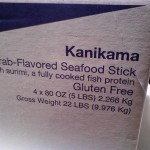 There are indeed now some gluten-free “crab sticks” (as they’re called in the sushi world). Those with other food allergies need to use caution because different brands contain wildly different ingredients. Some are a combo of tapioca starch, cornstarch and surimi instead of wheat. Others, like the one below, have more complicated ingredient labels:
There are indeed now some gluten-free “crab sticks” (as they’re called in the sushi world). Those with other food allergies need to use caution because different brands contain wildly different ingredients. Some are a combo of tapioca starch, cornstarch and surimi instead of wheat. Others, like the one below, have more complicated ingredient labels:
Alaska Pollock (MSC Certified), Water, Egg Whites, Corn Starch, Sugar, Sorbitol, Contains 2% or Less of: King Crab Meat, Natural and Artificial Flavor (Extracts of Blue Crab, Snow Crab, Lobster, and Alaska Pollock), Refined Fish Oil (Adds a Trivial Amount of Fat) (Alaska Pollock), Rice Wine (Water, Rice, Koji), Modified Tapioca Starch, Sea Salt, Carrageenan, Yam Flour, Potassium Chloride, Disodium Inosinate, Sodium Pyrophosphate, Carmine, Paprika, Color Added.
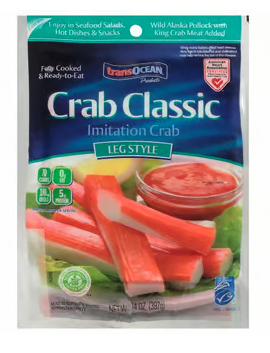
Wegman’s actually carries their own brand of gluten-free kanikama which they use for the sushi made at their sushi bar, too. Their entire sushi bar is very gluten-free friendly, even offering gluten-free soy sauce packets in their sushi packs.
I have yet to find ANY other sushi restaurants using gluten-free imitation crab, however, so stick to ordering only REAL crab when ordering crab in your sushi.
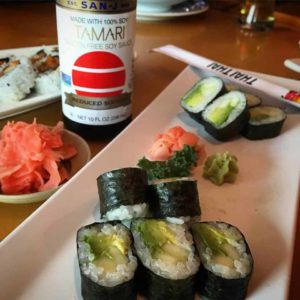 Slight tangent: by the way, there are PLENTY of vegan sushi rolls offered at sushi restaurants! Asparagus, avocado, cucumber … lots of yummy things can be rolled up in seaweed and rice! Remember to avoid anything fried, though (no tempura!).
Slight tangent: by the way, there are PLENTY of vegan sushi rolls offered at sushi restaurants! Asparagus, avocado, cucumber … lots of yummy things can be rolled up in seaweed and rice! Remember to avoid anything fried, though (no tempura!).
Most sushi restaurants have a sushi bar that looks a lot more like this, however:
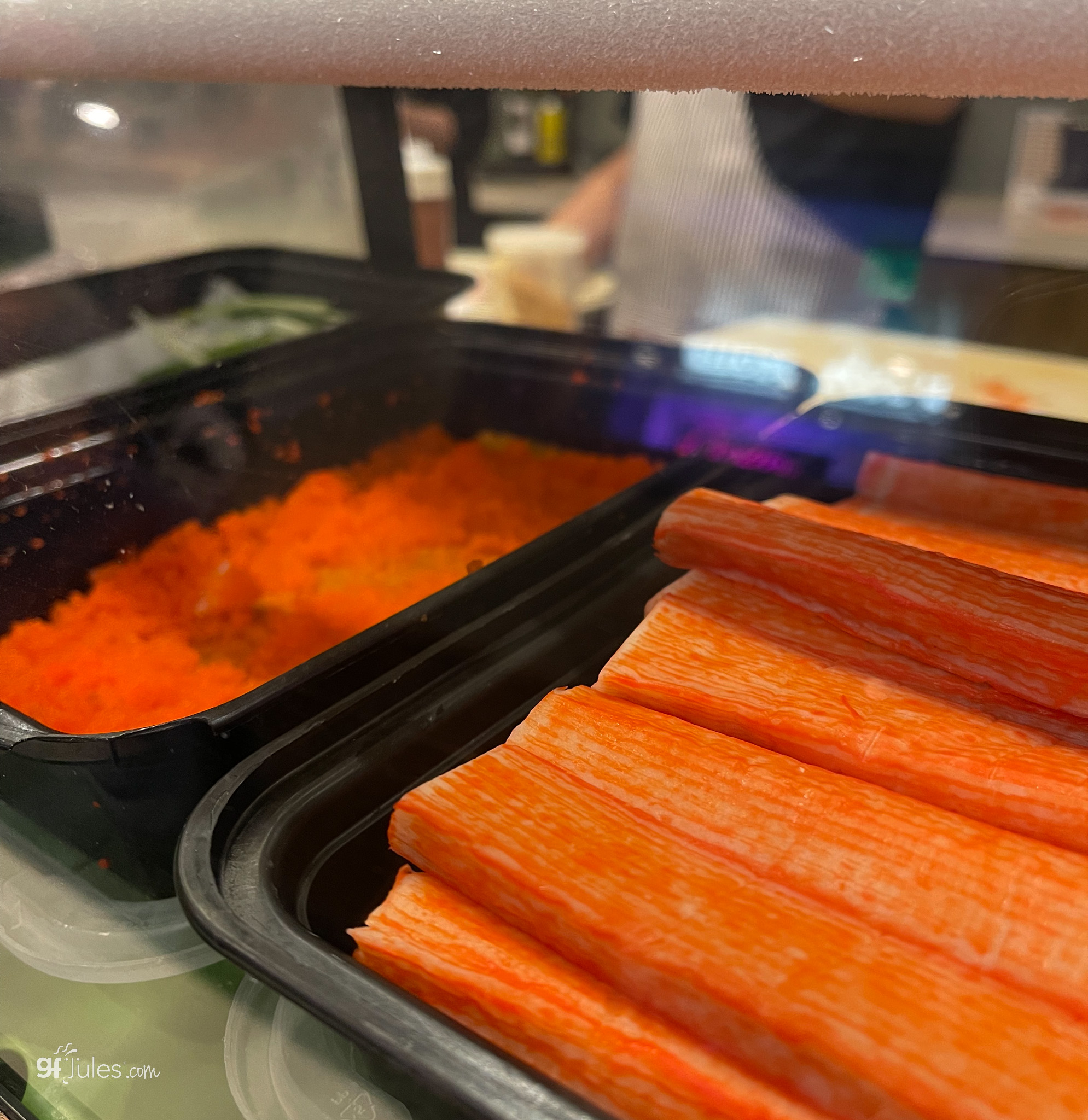
How are you supposed to know whether this fake crab contains gluten? And what about the fish roe?
Unless you befriend the sushi chef and he shows you the packaging, it’s best to just avoid risky ingredients like these altogether.
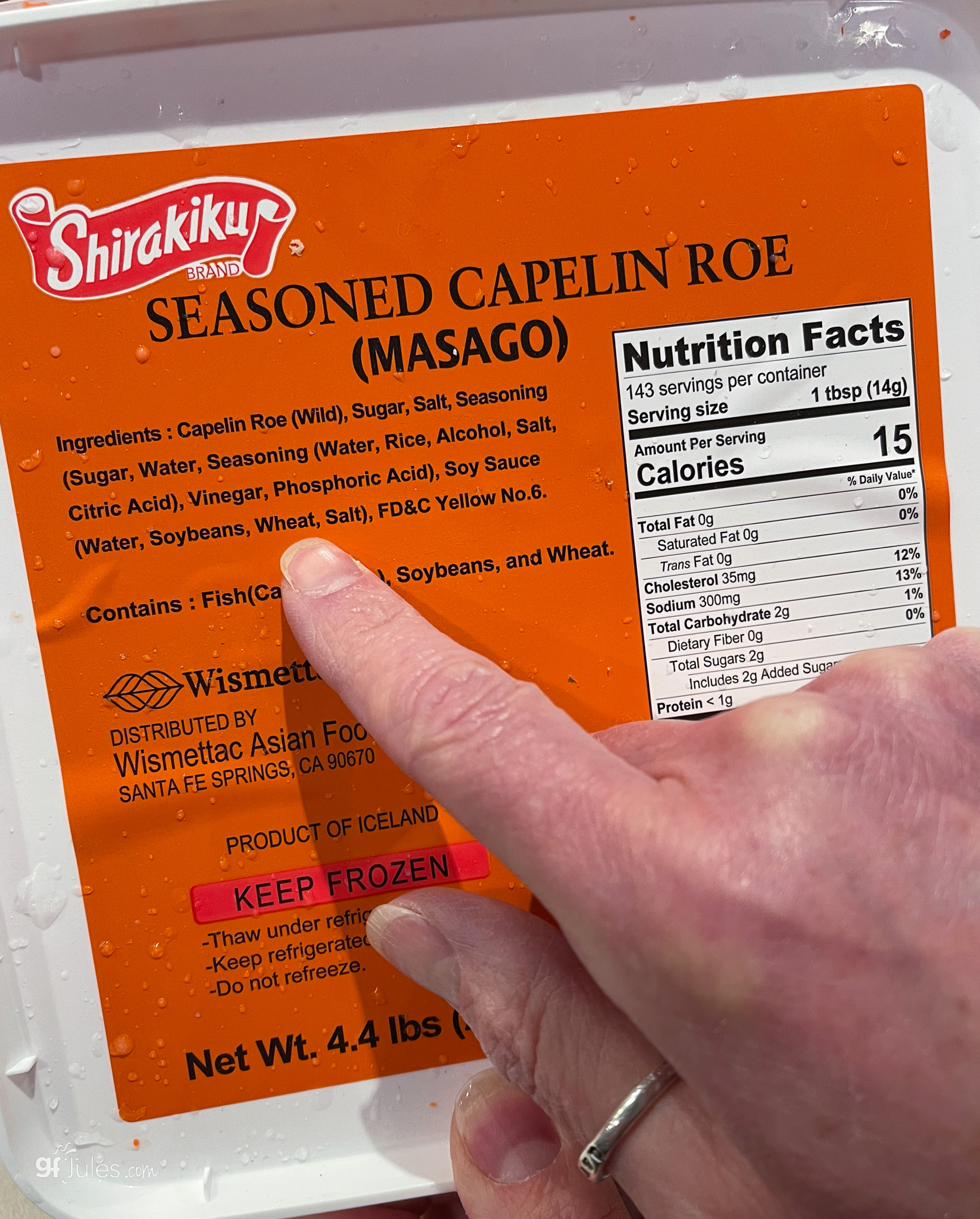
How to order safe gluten free sushi at restaurants
- Ask to hold all sauces containing soy sauce. This will usually include eel sauce, ponzu and potentially other house-made sauces.
- If ordering edamame, made sure it’s boiled in fresh water, not the same water used for the udon noodles.
- Also avoid any tempura or “crunch.”
- Some sushi restaurants will use malt vinegar in their sticky rice (all other vinegar is gluten free, as it’s distilled). This seems to be rare anymore, but it doesn’t hurt to ask if you’re visiting a sushi restaurant for the first time.
- Skip the miso soup unless you’re certain it’s just miso (fermented soy beans) and no barley has been added in seasoning.
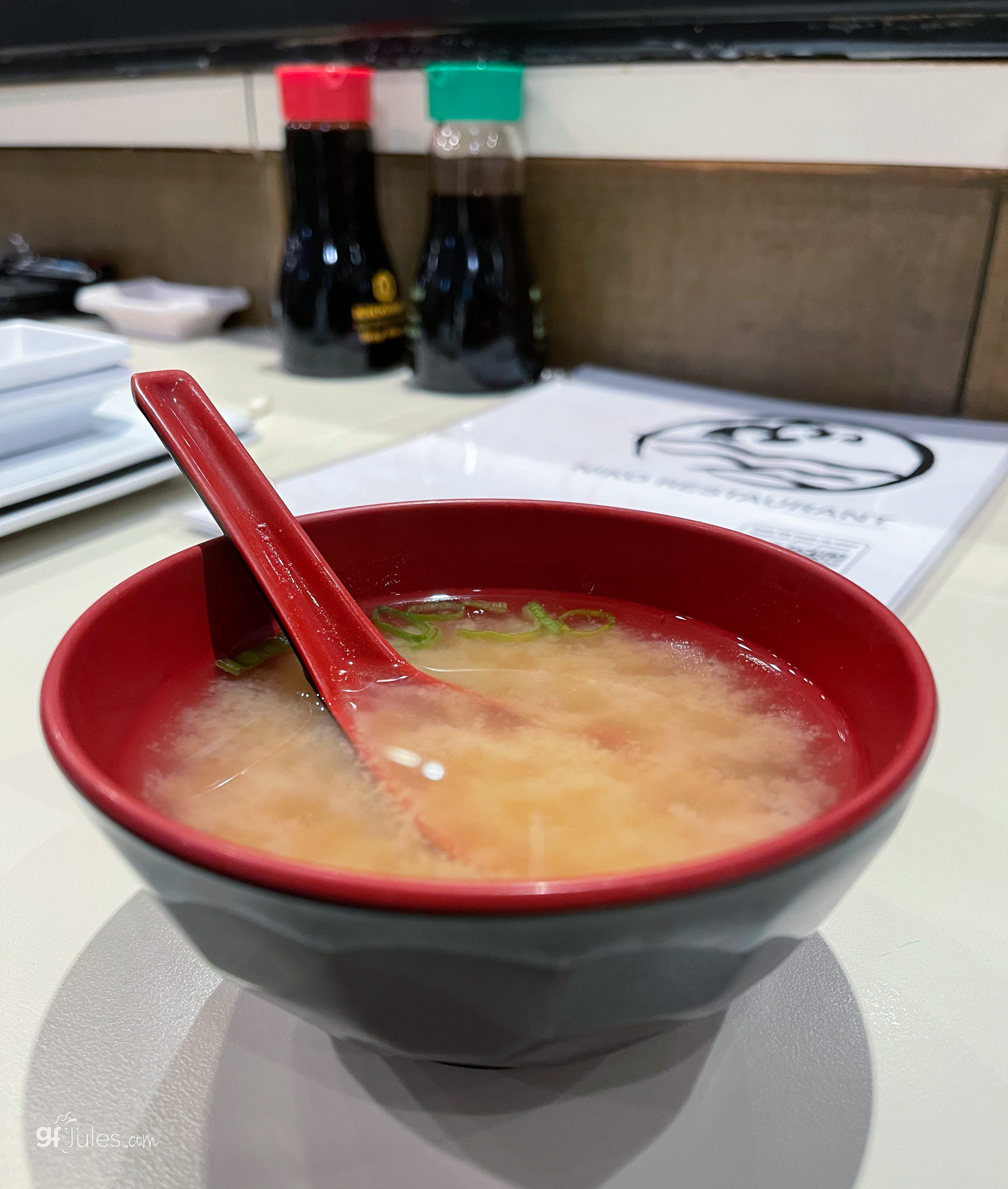
6. And here’s new one to me: roe (fish eggs) typically come packaged flavored with soy sauce! So skip the roe (also called tobiko or masago).

For more information on gluten in sushi and ordering safe gluten free sushi at restaurants, listen to episode 25 of our podcast, You Had Me At Eat wherever you get your podcasts. You can also view this podcast episode on YouTube.

Gluten-Free Labeling
Since the FDA finalized its proposed rule under the Food Allergen Labeling and Consumer Protection Act (FALCPA) to establish a federal standard for “gluten-free,” it has made shopping for GF products somewhat easier.
However, the easiest indicator of the safety of our food is still the Gluten Free symbol from the Gluten-Free Certification Organization (run by GIG – the Gluten Intolerance Group). It is a stamp of assurance that a product is tested to 10 parts per million (“ppm”) gluten — the current suggested scientific standard is <20ppm — and that best practices are in use to prevent cross-contamination, even if the processing plant also produces foods containing gluten.

In the meantime, read those labels! Wheat must be declared as a food allergen if it is contained in any food product. Barley and rye (grains also containing gluten) need not be declared, but are usually either listed ingredients or are identified as “malt,” which is typically made from barley unless otherwise indicated.
To find out all about reading labels to find safe gluten-free products, check out my article article detailing all six independent gluten-free certification agencies in the U.S.
Food manufacturers can change their formulas at any time. If you have any questions about the safety of a product, contact that manufacturer (or chef) directly and do not eat the product until you are sure. I ask to see packaging at restaurants like sushi restaurants so I can see the labels for myself. Our health is too important for us to risk.
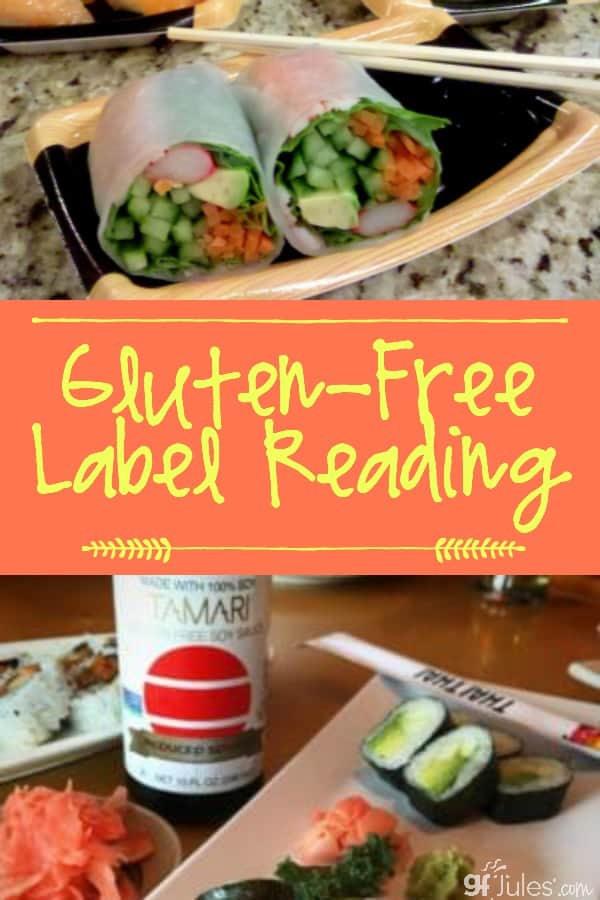


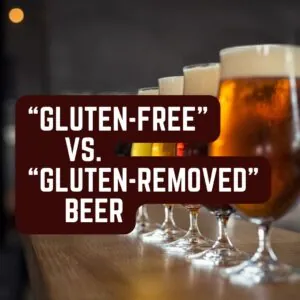
















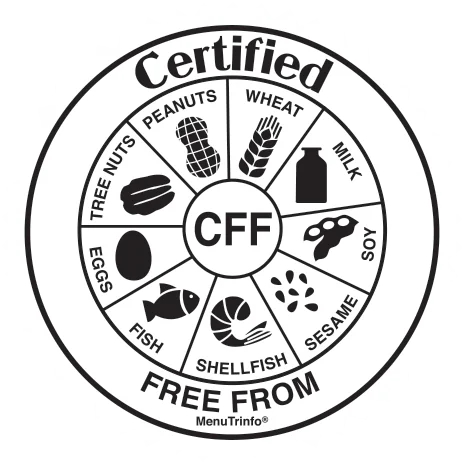
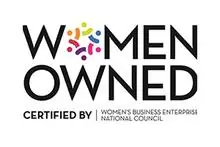

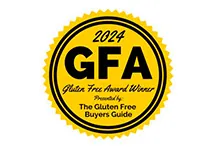
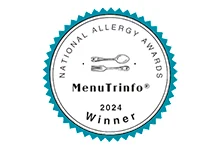
One of my biggest disappointments was finding out that most soups have wheat in them, including “cooking soups” like tomato, and cream of mushroom. If I want to buy a can of soup I have to stand there label reading for 10 min and then find out maybe 2 or 3 are actually glutenfree. I wrote to Campbells and they never even responded. It will take someone in their corporated group to get celiac before they respond obviously ( like Betty Crocker) Only Progresso seems to actually label glutenfree. Anyone know which brands are available to us?
I share your frustration! Progresso does offer many options, as do Pacific and Imagine Foods. Keep up the pressure on other companies, though. Unless they hear from us, they’ll never know how much we want their products to be gluten-free!
I swear that everytime I use it I get sick. Is it equally hard to find corn meal that is gluten free. Should I just stick with Arrowhead Mills?
So is Kix gluten free now?
I have Aunt Jemima’s corn meal – I swear that everytime I use it I get sick. Is it equally hard to find corn meal that is gluten free. Should I just stick with Arrowhead Mills?
To my knowledge, Aunt Jemima’s does not claim its corn meal is GF. You need to listen to your body and if you are sickened by it or any other product, definitely stop using it immediately! It can be hard to find gluten-free corn meal and corn flour, so I would stick with Arrowhead Mills gluten-free corn meal if you can find that.
Yes, I agree with you if we all wrote to our Congressperson or the FDA and voice our concerns then it might just push the labeling laws through much faster. I can’t wait for the day that I don’t have to read every label!
Angie.
ugh, sometimes things can get so frustrating, especially for ppl like my husband and I who don’t have a choice but to eat Gluten Free, due to him having Celiac, and its terrible how the things that we have to buy are soooo overpriced!! We get so sick of eating the same things over and over, when its all we can afford! I wish stores and food companies did not make eating healthy a fortune maker for them, it seriously does not cost them that much more to do it.
I so totally agree! We are getting closer and closer to retirement age and what am I going to do with a limited income and having to purchase expensive GF foods. Some days I feel very taken advantage of.
Thanks for the post! I’ve always been careful to read labels before purchasing, but ive become so much more careful since discovering my gluten allergy. Definitely sharing this post.
It’s difficult enough for us celiacs to read all the labels and remember which items are okay and not okay, but my heart goes out to my mother! There’s no reason it has to be so complicated.
I bought a blueberry fruit syrup from Aldi (which contains corn syrup, blueberries, cane sugar, lemon juice concentrate, and natural flavors). I thought it looked safer than the ingredients in the artificial maple syrup. Because of the “natural flavors,” I contacted Aldi to ask (in case barley malt was hidden there). Aldi had to contact the manufacturer, who contacted me. I was told the natural flavors were fine, but the corn syrup contained gluten!! Sheesh. We can’t even assume with corn syrup?!
It can be so frustrating!
Thank you Jules for posting the above content on hummus…I too, love that at parties and I usually bring it along with me! Enjoy your day and as always…thanks for keeping us straight and GF!! Well and warm wishes…Tammie :o)
FYI, there is Corn flour out there that contains wheat. I thankfully read the label before I made cornbread from it!
Yes, it’s actually hard to find corn flour that is certified gluten-free. I have had luck finding Arrowhead Mills GF corn flour though.